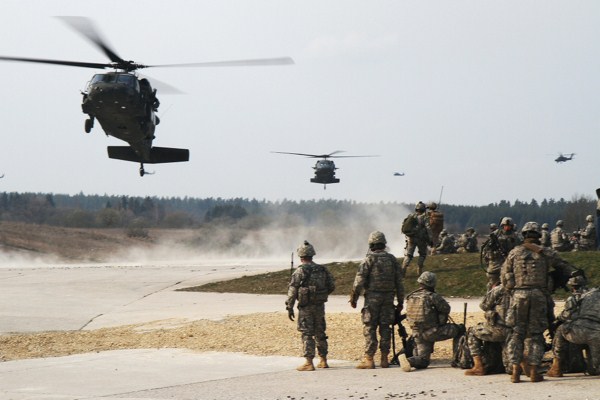Since the U.S. Army left Iraq and began withdrawing from Afghanistan, it has struggled mightily to reinvent itself and convince Congress and administration policymakers to preserve much of its force structure. This has been an uphill battle. For many Americans, the Army has become synonymous with counterinsurgency in Iraq and Afghanistan. Since the U.S. doesn’t expect to fight a major land war with another nation, it was easy—if incorrect—to conclude that it no longer needs a large Army.
This forced military leaders and national security experts who believe in the enduring importance of land power to appeal for preserving Army force structure and investing in its modernization. So far this has not been successful, in part because of the Army’s reliance on a historical argument to make its case. The U.S. has often needed a large army in the past when it didn’t expect to, this argument goes. By gutting the Army during peacetime, the United States has faced risks and costs that could have been avoided with better preparation. But however persuasive the historical argument was within the Army, it did not resonate outside the service. What the Army needed was a clearer, forward-leaning explanation of its value in the tumultuous and complex security environment that the U.S. currently faces.
This week the Army released a new version of its overarching operational concept intended to do just that. This has both an internal purpose—to guide Army leaders—and an external one, specifically to make the case for preserving robust land power. The concept, as the Army explains it in somewhat stiff prose, “describes the Army’s contribution to globally integrated operations, and addresses the need for Army forces to provide foundational capabilities for the Joint Force and to project power across land and from land into the air, maritime, space, and cyberspace domains.” According to Army Chief of Staff Gen. Raymond Odierno’s foreword to the new operating concept, the goal is “securing our vital interests against determined, elusive, and increasingly capable enemies.”

